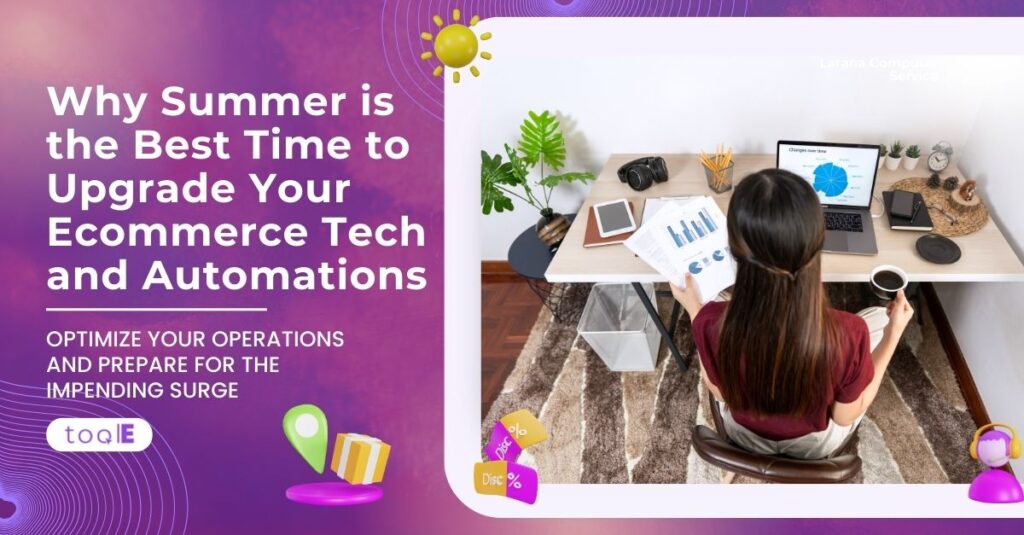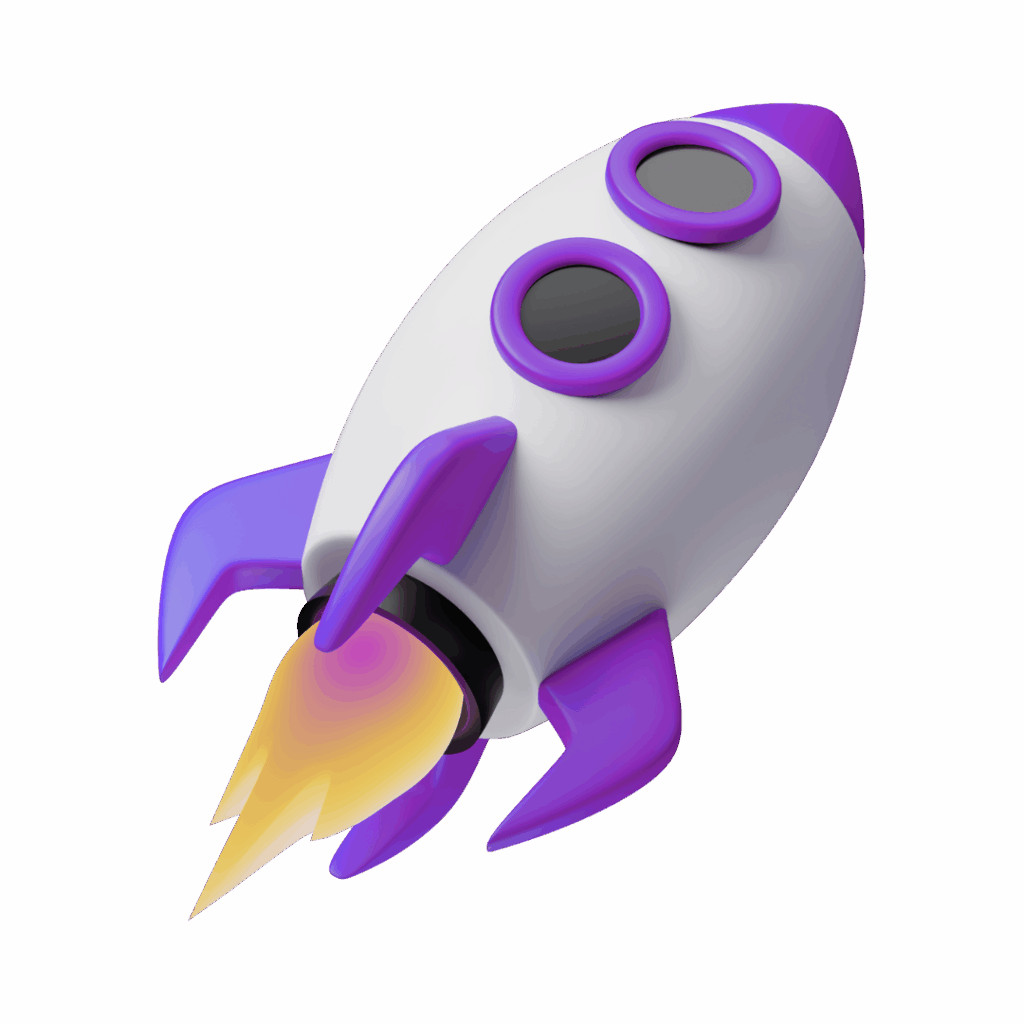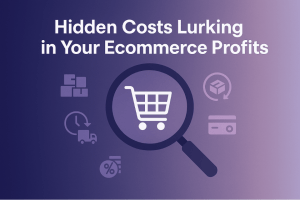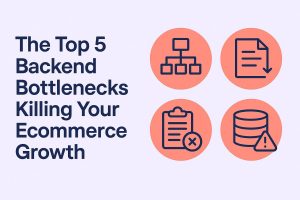As the ecommerce industry gears up for the bustling holiday season, the summer months are often considered a “quiet” time. However, this lull in activity presents a prime opportunity for online businesses to optimize their operations and prepare for the impending surge in customer demand.
The Ecommerce Seasonal Cycle
The ecommerce industry follows a distinct seasonal pattern, with certain times of the year experiencing higher levels of activity and sales. The holiday season, spanning from late fall through the new year, is undoubtedly the busiest and most lucrative period for online retailers. Customers are in a shopping frenzy, eager to find the perfect gifts for their loved ones.
In contrast, the summer months tend to be relatively slower for ecommerce businesses. Consumers are often more focused on outdoor activities, vacations, and spending time with family, rather than making extensive online purchases. This seasonal shift in consumer behavior creates a natural lull in ecommerce activity.
According to industry data, the summer months typically account for a lower percentage of annual ecommerce sales compared to the holiday season. For example, in the United States, the third quarter (July-September) typically represents around 23-25% of annual online retail sales, while the fourth quarter (October-December) can make up 30-35% or more.
This seasonal pattern is not unique to the ecommerce industry; traditional brick-and-mortar retailers experience similar fluctuations in customer traffic and sales throughout the year. However, the ecommerce landscape presents both opportunities and challenges in navigating these seasonal ebbs and flows.
Leveraging the Summer Lull
While the summer may seem like a quiet time, savvy ecommerce businesses recognize it as the ideal window to address their technology and automation needs. By taking advantage of this downtime, online retailers can ensure their systems are optimized and ready to handle the impending holiday rush.
1. Upgrading Ecommerce Platforms and Integrations
Summer is the perfect time to evaluate your ecommerce platform and make any necessary upgrades or migrations. This could involve transitioning to a more robust and feature-rich platform, integrating new tools and applications, or streamlining your existing technology stack. By making these improvements during the off-season, you can ensure a seamless transition and avoid disruptions during the peak holiday period.
Upgrading your ecommerce platform during the summer allows you to thoroughly test the new system, train your staff, and work out any kinks before the busiest time of the year. It also provides an opportunity to explore integrations with complementary tools, such as customer relationship management (CRM) software, enterprise resource planning (ERP) systems, or marketing automation platforms. These integrations can significantly enhance your operational efficiency and customer experience.
2. Enhancing Customer Experience
The summer lull provides an opportunity to focus on improving the customer experience on your ecommerce website. This could include optimizing site navigation, implementing personalized product recommendations, enhancing the checkout process, or integrating advanced search and filtering capabilities. By investing in these enhancements now, you can better engage and convert customers during the holiday season.
Improving the customer journey during the quieter months can yield significant dividends when traffic and sales spike during the holidays. Optimizing the user experience, reducing friction in the buying process, and providing personalized recommendations can all contribute to higher conversion rates and increased customer satisfaction.
3. Automating Business Processes
Summer is an ideal time to review and optimize your ecommerce business processes through automation. Identify repetitive tasks, such as order fulfillment, inventory management, or customer service, and explore opportunities to streamline them using automated workflows and integrations. By automating these processes, you can improve efficiency, reduce manual effort, and ensure a seamless customer experience during the busier months.
Automating key ecommerce functions can free up your team to focus on strategic initiatives and provide a superior customer experience. It can also help your business scale more effectively during periods of high demand, ensuring orders are processed promptly, inventory is accurately tracked, and customer inquiries are addressed in a timely manner.
4. Strengthening Security and Compliance
With the increased online activity during the holiday season, it’s crucial to ensure your ecommerce platform and systems are secure and compliant with industry regulations. The summer months allow you to thoroughly assess your security measures, implement necessary updates, and address any vulnerabilities before the peak shopping period.
Investing in ecommerce security during the summer can provide peace of mind and protect your business from potential cyber threats, data breaches, or compliance issues that could disrupt operations during the busy holiday season. This proactive approach can help maintain customer trust and safeguard your online store’s reputation.
5. Analyzing and Optimizing Performance
The relatively slower summer months provide an excellent opportunity to analyze your ecommerce performance data, identify areas for improvement, and implement optimization strategies. This could involve fine-tuning your marketing campaigns, refining your product assortment, or adjusting pricing and promotional strategies to prepare for the upcoming holiday season.
By closely examining your ecommerce data during the summer, you can gain valuable insights that inform your decision-making and help you capitalize on emerging trends. This analysis can lead to more targeted and effective marketing efforts, a more attractive product mix, and pricing strategies that resonate with your customers during the holiday rush.
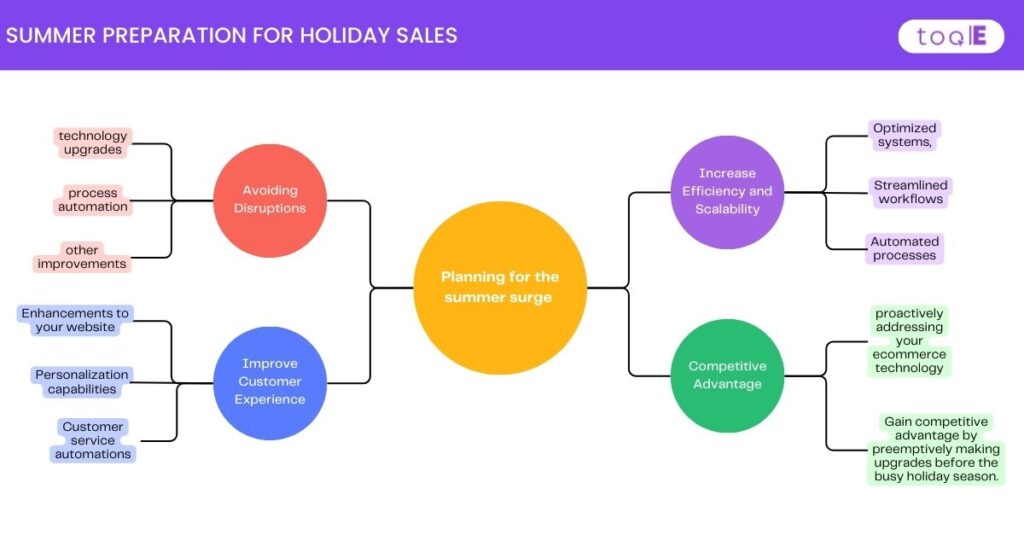
The Benefits of Summer Preparation
By leveraging the summer lull, ecommerce businesses can strategically invest in their technology, automations, and overall operational efficiency. This proactive approach will not only ensure a smooth and successful holiday season but also position your online store for long-term growth and success.
Some of the key benefits of using the summer months to upgrade your ecommerce tech and automations include:
1. Avoiding Disruptions During Peak Season: By addressing technology upgrades, process automation, and other improvements during the slower summer months, you can ensure a seamless and uninterrupted customer experience during the holiday season.
2. Increased Efficiency and Scalability: Optimized systems, streamlined workflows, and automated processes will enable your ecommerce business to handle the surge in customer demand more effectively, leading to higher conversions and customer satisfaction.
3. Improved Customer Experience: Enhancements to your website, personalization capabilities, and customer service automations can significantly elevate the overall customer journey, fostering brand loyalty and repeat business.
4. Competitive Advantage: By proactively addressing your ecommerce technology and automation needs, you can gain an edge over competitors who may be scrambling to make upgrades during the busier holiday period.
5. Long-Term Business Growth: The investments you make in your ecommerce infrastructure and operational efficiency during the summer will continue to pay dividends long after the holiday season, supporting your business’s ongoing growth and expansion.
Special Tool For Shopify Owners
Amazon Easy Tool is the perfect solution to seamlessly connect your Shopify store to Amazon. As a Shopify owner, you can leverage the power of the world’s largest marketplace by syncing your inventory, orders, and customer details between the two platforms.
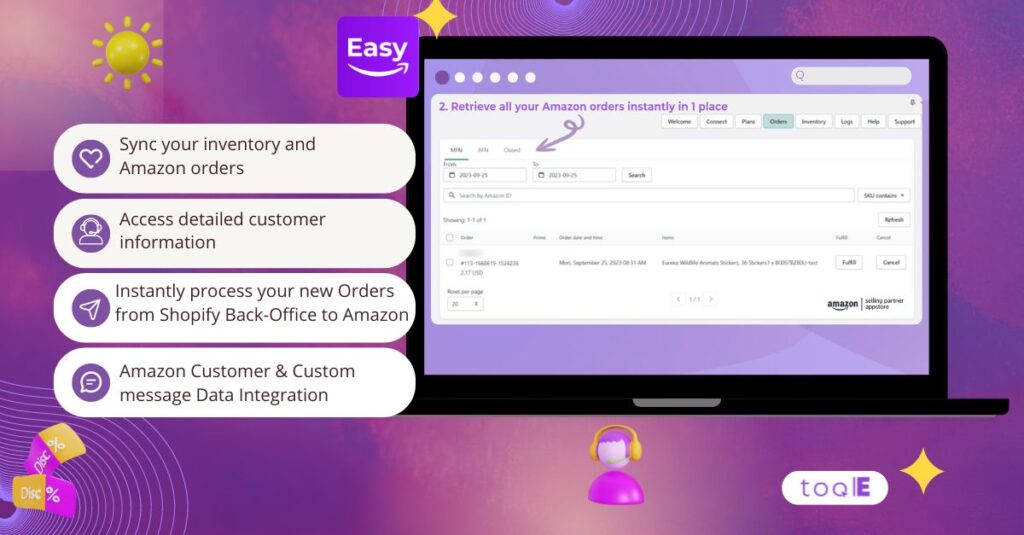
With Amazon Easy Tool, you can:
- Automatically sync your Shopify inventory to Amazon, ensuring stock levels are always accurate across both channels.
- Receive Amazon orders directly into your Shopify back-office, allowing you to process and fulfill them efficiently.
- Access detailed customer information from Amazon orders to provide a seamless experience.
- Easily manage order cancellations and refunds right from your Shopify orders tab.
- Improve your Amazon seller metrics like order fulfillment rate and customer satisfaction.
- Get more 5-star reviews to boost your sales on the Amazon Marketplace.
By integrating your Shopify store with Amazon through Amazon Easy Tool, you can expand your reach, streamline your operations, and drive growth for your ecommerce business. Take advantage of the unparalleled opportunity that selling on Amazon provides, without the hassle of manual data entry or switching between platforms.
In conclusion, the summer months may be perceived as a quiet time in the ecommerce industry, but savvy online retailers recognize it as the ideal window to optimize their technology, automations, and overall business preparedness. By leveraging this downtime, you can ensure your ecommerce operations are primed and ready to handle the impending holiday rush, ultimately driving increased sales, customer satisfaction, and long-term success for your online business.

